Metal and Plastic Parts Surface Finishing
- Our surface finishing services utilize various methods with distinct physical and chemical properties to enhance corrosion resistance, wear resistance, decoration, and other specific functional requirements for both metal and plastic parts.
- Precision Tolerances:±0.01 mm(±0.00039 inches)
- Enhanced durability: up to 50% increase
- Corrosion resistance: improved by 70%
- Versatility in Part Sizes
- Wide Surface Finishing Options
- Customizable Solutions
Surface Finishes for Metal Parts
Surface finishes for metal parts, including sheet metal and forging, enhance durability and aesthetics through anodizing, polishing, and powder coating, etc.
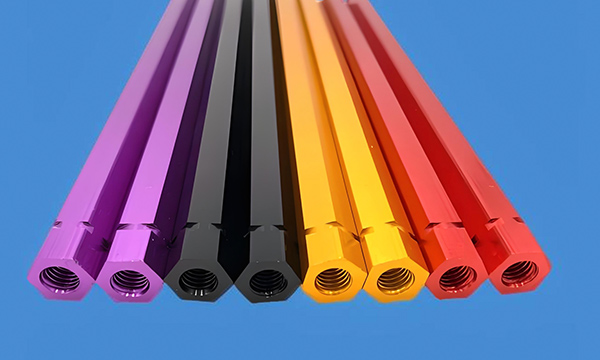
Anodizing
- Involves electrochemically increasing the thickness of the oxide layer on aluminum parts to improve their corrosion resistance and visual aesthetics.
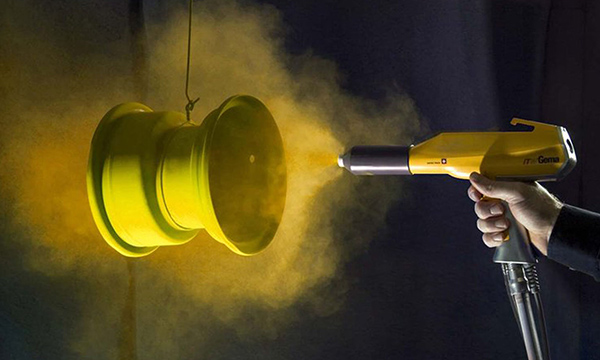
Powder Coating
- A dry finishing process that applies a powdered resin to metal parts and then cures it under heat, providing a durable and high-quality finish, suitable for steel and aluminum.
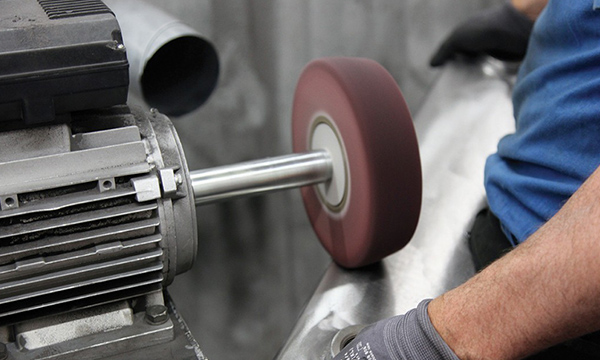
Polishing
- A process that smooths and shines metal surfaces by rubbing or using chemical action, commonly applied to stainless steel and aluminum.
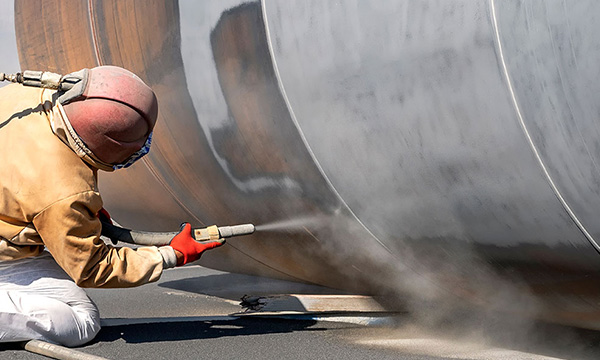
Sand Blasting
- Uses abrasive particles to clean and roughen the surface of metals, typically used on steel, aluminum, and stainless steel.
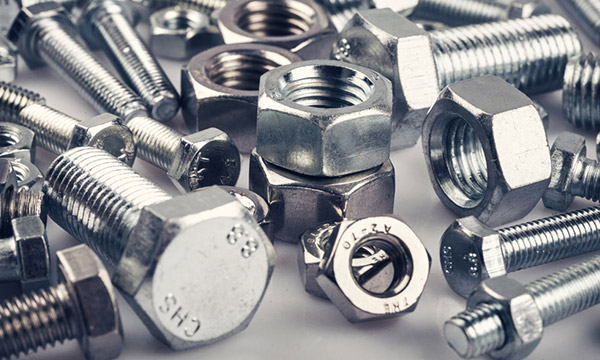
Passivation
- Cleans the surface of stainless steel by removing contaminants, thereby enhancing its corrosion resistance.
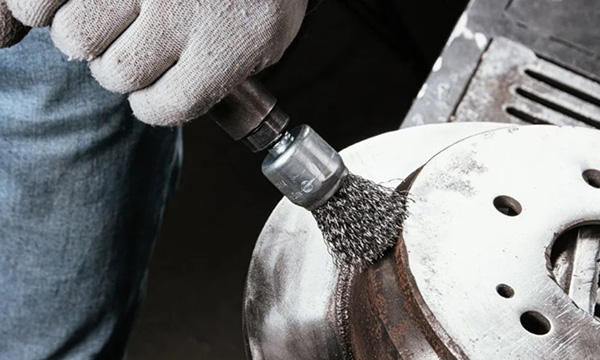
Brushing
- Uses abrasive brushes to create a uniform, textured finish on metals, particularly effective for stainless steel and aluminum.
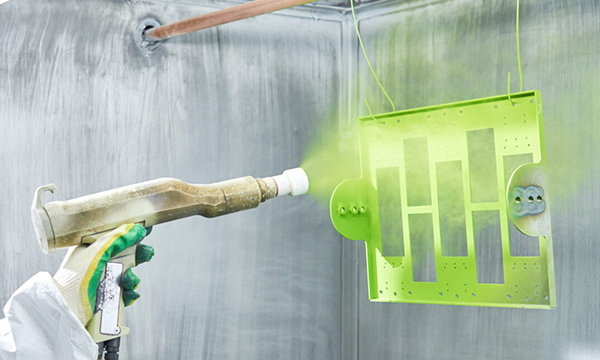
Painting
- Applying a protective or decorative paint layer to metal surfaces, suitable for a wide range of metals including steel and aluminum.
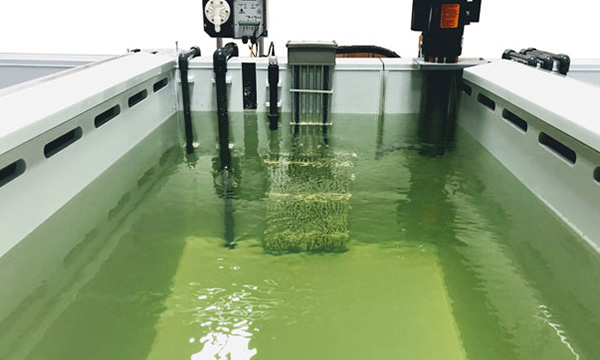
Chemical Conversion Coating
- Applied to aluminum and magnesium, including Chromate Conversion, to enhance corrosion resistance and serve as a paint base.
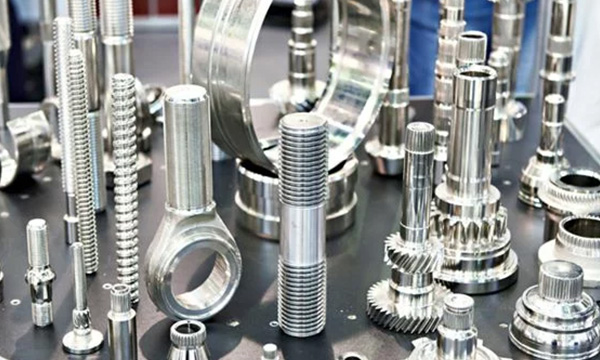
Electropolishing
- This electrochemical method removes a fine layer of metal to produce a smooth, polished finish, making it perfect for stainless steel.
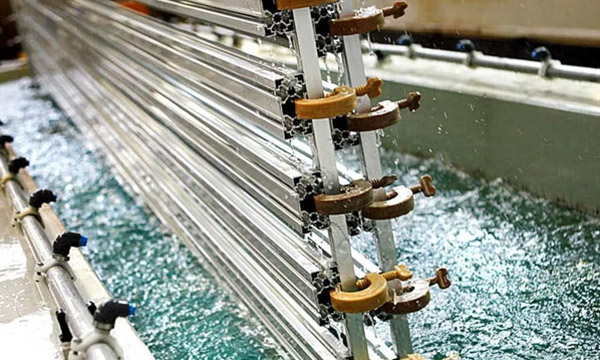
Electroplating
- Often used on steel and copper alloys, electroplating involves covering a metal object with a thin layer of another metal, like zinc or chrome, to improve appearance and corrosion resistance.
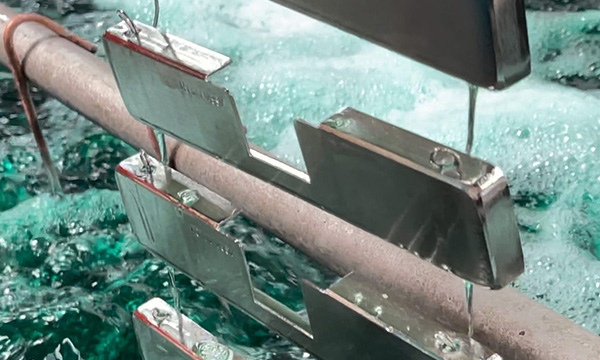
Chrome plating
- Usually used to brass and steel, this process involves electroplating a thin layer of chromium onto metal components to increase their hardness and resistance to corrosion.
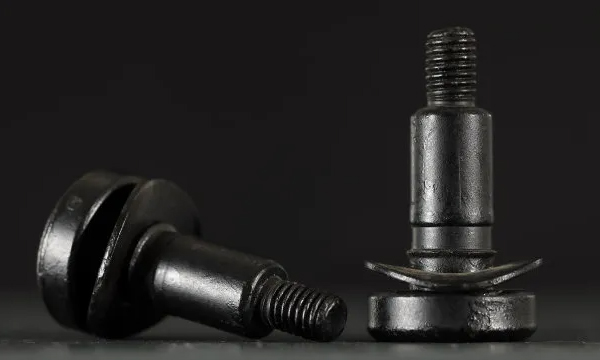
Black Oxide Coating
- A conversion coating that is commonly applied to steel, offering a pleasing black surface and a moderate level of corrosion protection.
Surface Finishes for Plastic Parts
Surface finishes for plastic parts, including CNC Machining, enhance aesthetics and functionality with painting, polishing, texturing, and electroplating. etc.
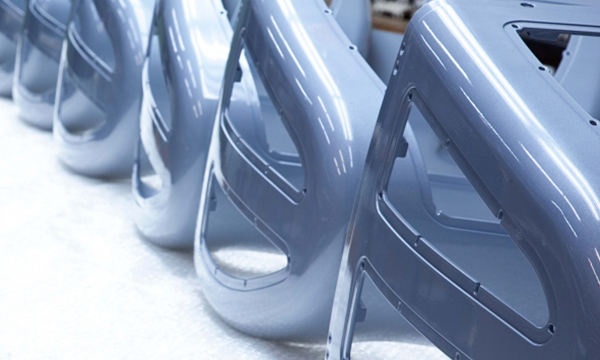
Painting
- Applying a layer of paint to plastic parts to enhance their appearance and provide a protective coating.
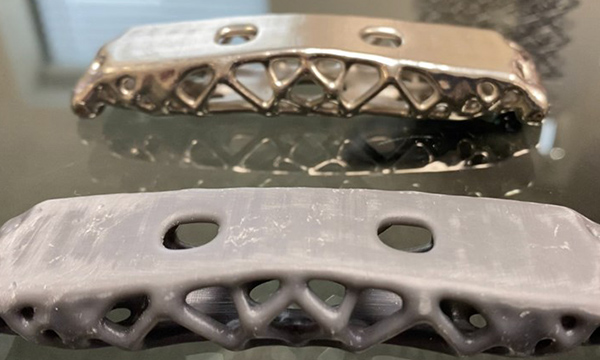
Plating
- Applying a thin layer of chrome or nickel metal coating on plastic components to increase their toughness and visual attractiveness.
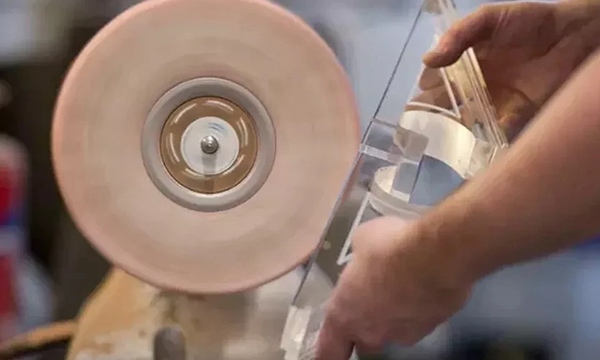
Polishing
- Smoothing and shining plastic surfaces through mechanical or chemical means to achieve a glossy finish.
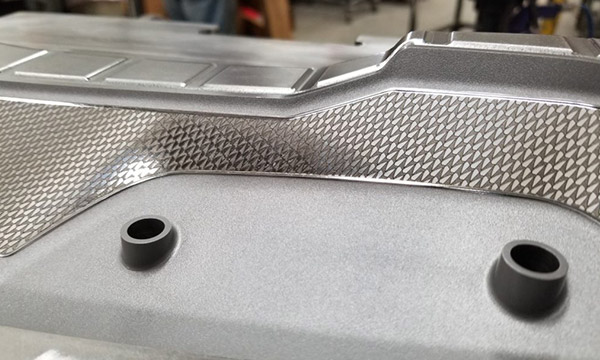
Texturing
- Creating patterns or textures on the surface of plastic parts to improve grip or enhance their appearance.
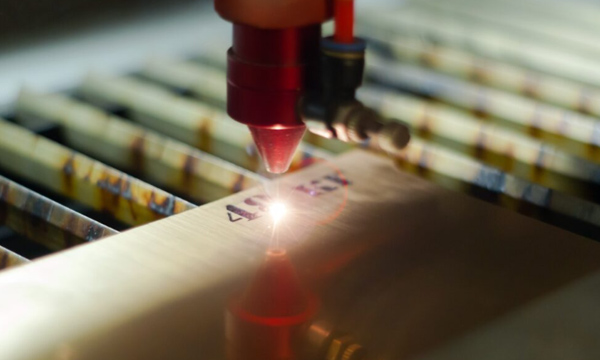
Laser Etching
- Using a laser to engrave or mark plastic surfaces with precise and intricate designs, patterns, or information.
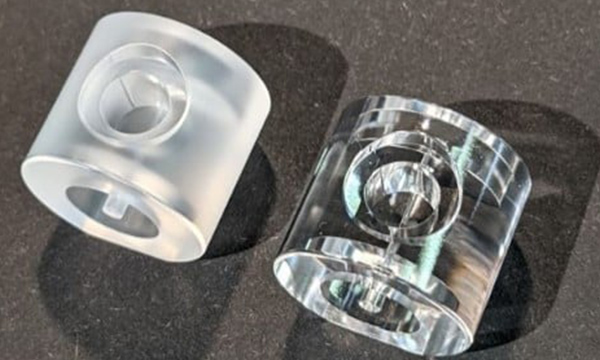
Vapor Polishing
- Exposing plastic parts to a solvent vapor that melts the surface slightly, resulting in a smooth, polished finish.
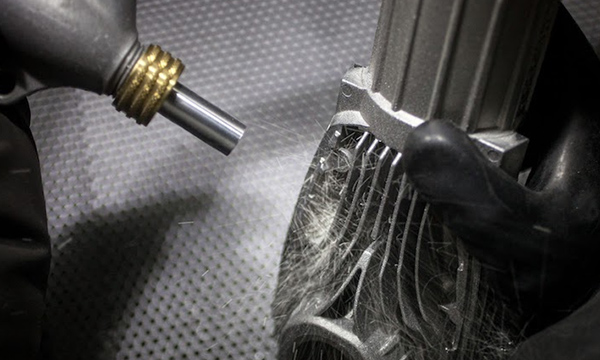
Bead Blasting
- Using fine beads propelled by air to clean and texture plastic surfaces, creating a uniform matte finish.
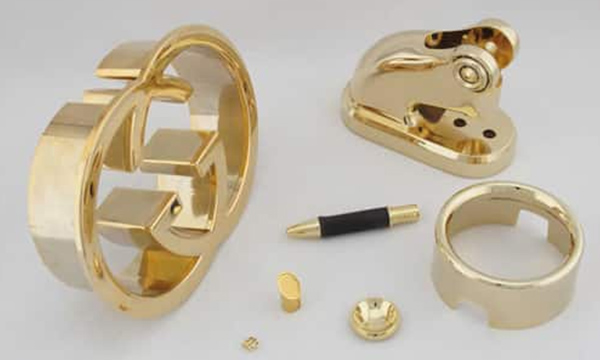
Electroplating
- Coating plastic parts with a thin layer of metal through an electrochemical process to enhance their appearance and provide additional protection.
Popular Questions
Which steel surface finish is more cost-effective: cold rolled or hot rolled?
Because hot rolled steel requires less processing, it is usually more affordable. Cold rolled steel, while more expensive, offers superior surface quality and precision.
What are the applications of chromate conversion coated aluminum?
It’s used in aerospace, automotive, and electronics industries for parts that require enhanced corrosion resistance and paint adhesion.
Are there environmentally friendly surface treatments for metals?
Yes, processes like trivalent chromium plating and eco-friendly powder coatings provide environmentally safer options for metal surface treatment.
What types of chemicals are used in metal surface treatments?
Common chemicals include acids for cleaning, phosphates for coating, and chromates for corrosion resistance. Each serves a specific function in the treatment process.
What are common surface treatments for stainless steel and mild steel?
Stainless steel treatments include passivation, polishing, and electropolishing. Mild steel treatments include painting, galvanizing, and powder coating.
What coatings are used for steel plate surface finishes?
Coatings like paint, powder, and galvanizing are used to enhance corrosion resistance, improve appearance, and extend the steel’s lifespan.
